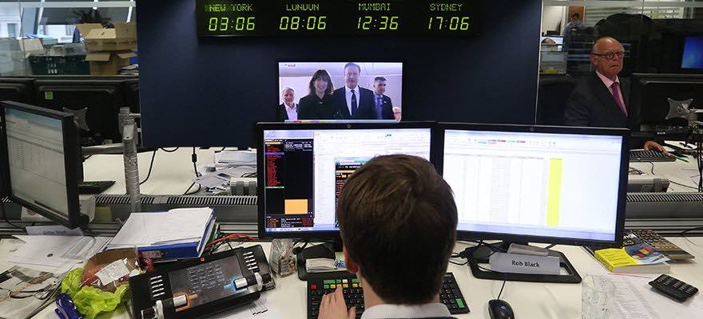Understanding more about day trading and swing trading

Most of the time, traders throw around forex terminology incorrectly in a way that misleads newer traders who want to educate themselves.
Day Trading
A better term to use for day trading is 'session trading,' as its trades open and close within a single trading session. The trader sits down and begins flat, then walks away flat again - with no trades still open. With that, day traders usually leave a small portion of a profitable position to run 'overnight.' However, this means that it is only a tiny fraction of the typical size of the 'daylight' or actively managed position where it originated from.
As everyone knows, day trading is very time intensive. It needs tight, active trading on small timeframes like 15 minutes, 5 minutes, or even 1 minute. Also, it can become very stressful, difficult, and challenging (and possibly very rewarding). And during the entire trading session, it requires traders at least some degree of focus.
In addition to that, day traders might choose from a wide variety of trading strategies. Still, what all day traders have in common is searching a series of relatively small winning trades, with gains ranging from several pips to about 1.5% movement in price as a best-case winning trade scenario.
Swing Trading
The name ' swing trading' is made as to its trading style because these traders are trying to benefit from an instrument's natural 'swing. Instead of focusing on an exact time, these traders try to spot the starting of a directional price movement, enter a trade, and hold on until the movement stops out when they take profit. Swing traders are ready to have trades open for some days or even several weeks if the 'swing' keeps going on.
Usually, swing trading is less time-intensive and practiced on higher time frames than day trading. The most common time frame used is 4 hours, but some swing traders will make decisions according to 1-hour charts o use lower time frames to fine-tune entries and exits occasion.
Among the major attractions of swing trading is that traders can practice it by checking prices once every four hours - plenty of full-time employees can integrate into their work and leisure time. Furthermore, swing trading needs far less time and effort than day trading.
Then, swing traders seek larger gains from price movements of between 1.5% to 5%, using commensurately wider stops to account for volatility inherent to 4 hourly or hourly price movements. Also, they tend to use trend following or support and resistance style trading strategies, mostly supported by fundamental analysis as they try to catch larger price movements.
Day Trader or Swing Trader
A massive part of this decision is not a real decision at all because economics and time determine it. A lot of people must work full-time to meet their financial responsibilities, and even excellent trader will sometimes report wide fluctuations between their gains and losses over time.
So, nearly everyone can rule out full-time day trading as a realistic possibility. It can be that they have some time or a few hours where they can dedicate exclusively and intensively to trading every day. But traders need to ask themselves if this is the right time.
Moreover, they will encounter more market opportunities being plugged in once every few hours consistently. After that, they will by being plugged in for some hours each. And that is just the way market runs.
If traders really wanted to
become day traders, they would mostly master day trading once they mastered
swing trading. So, that is a clear statement of what style they must start
with.




